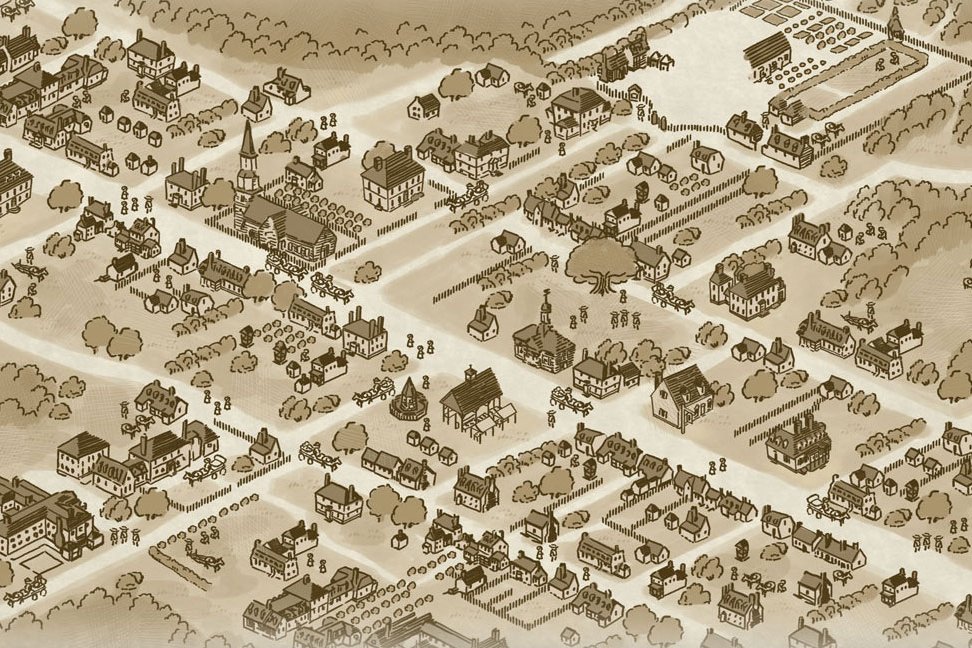
Uncovering Loyalties Itinerary
So, you've played Uncovering Loyalties and discovered that history gets a lot more interesting when you start asking questions. Now it's time to take those questions to the source—right here in the historic town of Williamsburg, where it all began. Explore what was important to patriots, who fought for American independence, and loyalists, who remained faithful to the British Crown. Dive into the 18th-century community of Williamsburg and uncover the values that shaped a nation. As you explore, consider what freedom and community mean to you.

Begin at Lord Dunmore’s Palace
The Governor’s Palace wasn’t just a residence—it was a statement. Home to seven royal governors and their families, Virginia’s first two elected governors, and countless servants and enslaved people, this grand building was designed to showcase the colony’s wealth, power, and enduring legacy. Step inside and witness where history was made.
How would your home reflect your loyalties?
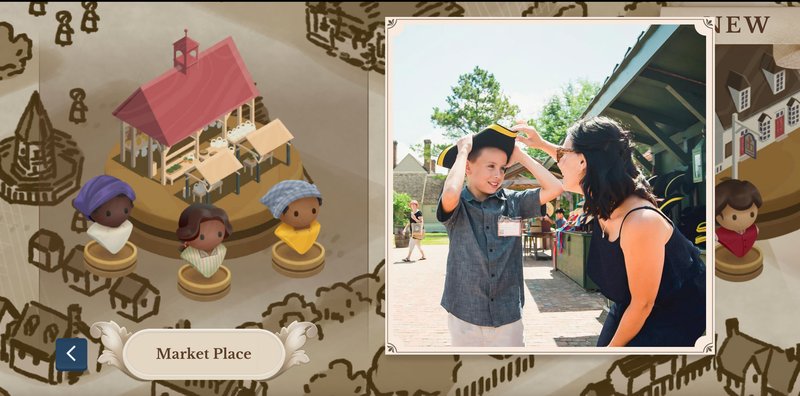
Buy Goods in Market Square
The Market Square was a busy center where people from many backgrounds came to buy and sell goods. Pick up a few things at the 18th-century Market House, catch a proclamation being read from the Courthouse steps, or sit back and people-watch as history comes to life around you.
How would what you buy show your loyalties?
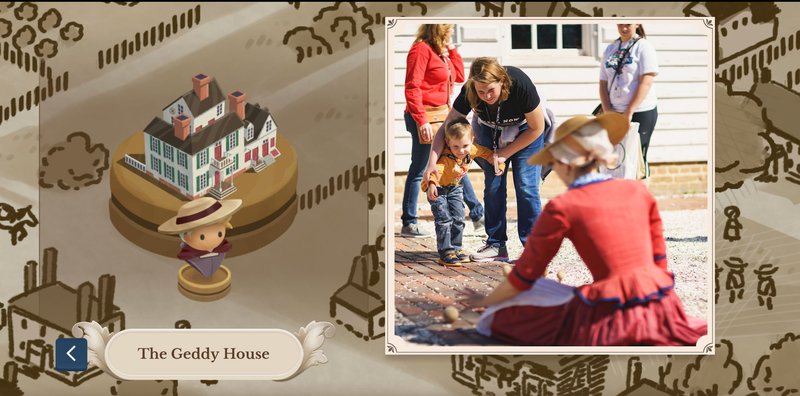
Discover Trades at the Geddy House
Create memorable experiences as you participate in the daily activities of the Geddy House, a prospering trades home. Activities change regularly with the rhythm of an average 18th-century day. Discover various interactive, sensory, and fun opportunities for families throughout the Geddy House.
What would you make to show your loyalties?
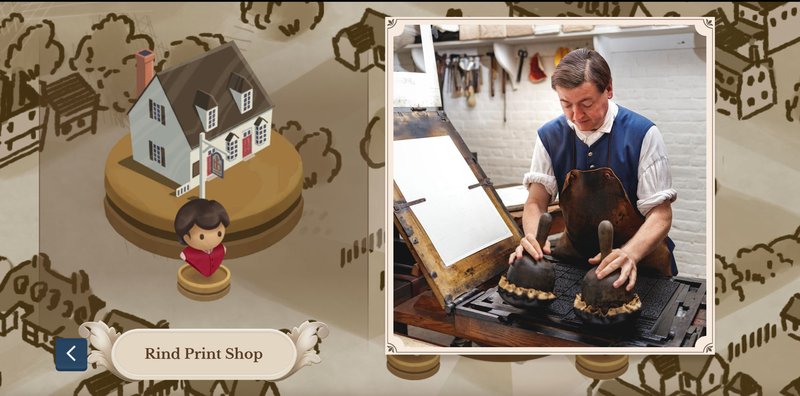
Get the News at the Print Shop
In an age before TV, radio, and the internet, the printed word was the primary means of long-distance mass communication. Watch and learn as printers set type and use reproduction printing presses to manufacture colonial newspapers (like the Virginia Gazette), political notices, books and more.
Could you determine someone's loyalties by what they read and the news they share?
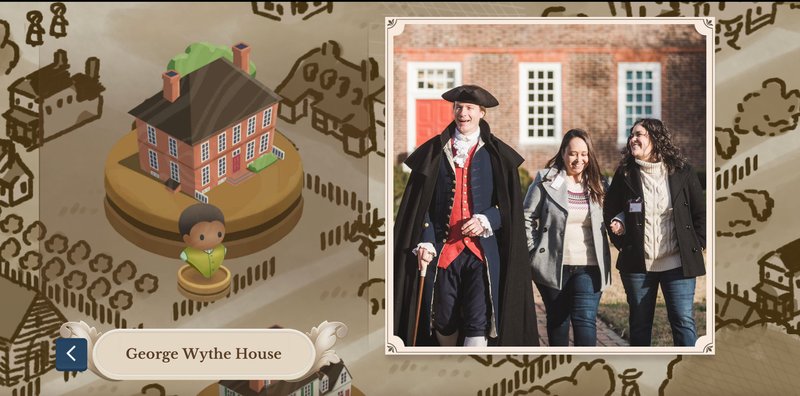
Discuss Politics at the Wythe House
Step into the home of the Wythe family where political leaders gathered to discuss the future of the American colonies. Dive into lively discussions on Enlightenment thinking and the revolutionary ideas that sparked change. Discover how both free and enslaved people on the property interacted with these powerful concepts.
Could you vote for revolution with your mind?
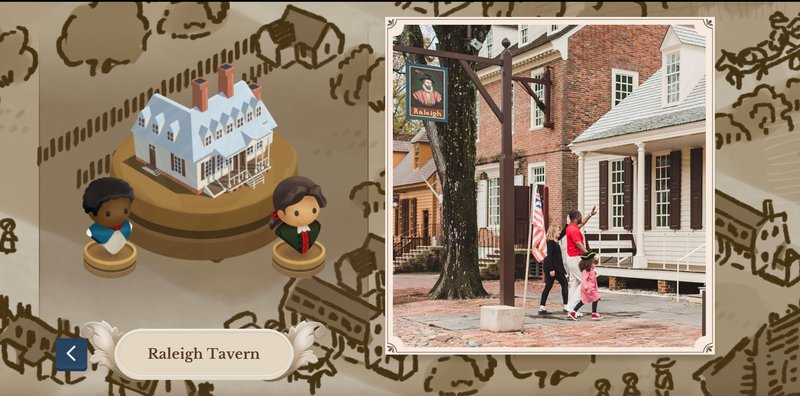
Debate About Liberty at the Raleigh Tavern
The Raleigh Tavern was an important meeting place for the House of Burgesses and a center for political discussions against the British Crown.
This tavern served as a critical stage for Virginia's political ambitions amid intensifying debate about liberty, ultimately leading to our nation's independence. Tour this site and learn about different perspectives on the extraordinary events that took place in colonial history.
Could you vote for revolution with your actions?

Explore the Legacy of the Brafferton Indian School
This school for American Indians aimed to educate young indigenous boys in the ways of English religion, language, and culture.
Indigenous faces were a familiar sight in early Williamsburg. Native peoples came into the town to trade and conduct diplomacy. Some also lived in Williamsburg while attending the Brafferton Indian School. Today, the Brafferton Building is an administrative building for William & Mary, closed to the public. While you cannot visit it in the Colonial Williamsburg Historic Area, it is one of the town’s most fascinating historic sites.
Want to know more? Visit the American Indian Encampment and find out what religion, language, and culture mean to them.
Could you vote for revolution with your conscience?

Consider the idea of Freedom at the Randolph House
Explore the home of Peyton Randolph, where 27 enslaved people and the Randolph family lived side by side.
Delve into the paradox of American slavery, discovering how the enslaved members of this household reaffirmed their humanity each day, even as the very people who owned them called for freedom and revolution. Walk through the spaces where these individuals lived and worked, on the grounds of the President of the First Continental Congress and witness the resilience and strength that defined their lives.
Could you vote for revolution with your hope?
Uncovering Loyalties
Uncovering Loyalties with Colonial Williamsburg puts you at the center of the action in pre-revolutionary Virginia. Commissioned by Lord Dunmore, players will ask questions, listen to responses, and apply critical-thinking skills to identify where loyalties lie.

